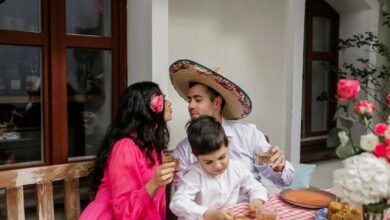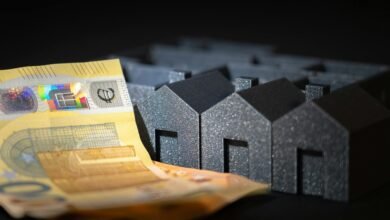Hanukkah Dreidel : The Meaning and Tradition Behind the Hanukkah Dreidel

The Hanukkah dreidel, a seemingly simple spinning top, carries profound historical and cultural significance. Its four sides, adorned with Hebrew letters, encapsulate themes of fate and divine favor. Emerging during a period of adversity, the dreidel transformed from a tool of secret education to a beloved family game. This evolution reflects broader narratives of resilience and identity within Jewish culture. What deeper meanings and practices surround this emblematic object during the Festival of Lights?
The Origins of the Dreidel
The origins of the dreidel can be traced back to ancient traditions that intertwine with the history of the Jewish people.
This spinning top, once a tool for clandestine learning during periods of persecution, holds deep cultural significance.
Its evolution reflects resilience and adaptability, marking a joyous celebration of identity and hope during Hanukkah, encapsulating dreidel history within a rich tapestry of cultural heritage.
The Symbolism of the Hebrew Letters
Within the dreidel's design lies a profound layer of symbolism, encapsulated in the four Hebrew letters: nun, gimel, hei, and shin.
These letters represent key concepts in Hebrew symbolism, conveying messages of hope, fortune, and divine protection.
Their cultural significance transcends mere gameplay, embodying a rich narrative of resilience and identity within the Jewish tradition, particularly during the celebration of Hanukkah.
How to Play the Dreidel Game
Players gather around the table, eager to engage in the time-honored tradition of the dreidel game, a beloved component of Hanukkah celebrations.
Participants follow simple dreidel rules, spinning the top and claiming tokens based on the outcome.
Effective game strategies emerge as players adapt, balancing risk and reward while fostering camaraderie.
Each spin invites anticipation, weaving a rich tapestry of joy and connection.
Dreidel in Modern Hanukkah Celebrations
As modern Hanukkah celebrations evolve, the dreidel has transformed from a simple game into a multifaceted symbol of cultural identity and communal bonds.
Diverse dreidel designs reflect personal and collective narratives, enhancing their cultural significance. Families now incorporate these vibrant symbols into their festivities, fostering connections across generations while celebrating heritage, unity, and the enduring spirit of freedom inherent in the Hanukkah tradition.
Conclusion
In the grand tapestry of Jewish tradition, the Hanukkah dreidel spins not just as a toy, but as a whirlwind of history, culture, and joy, weaving families together in an exuberant dance of faith and festivity. Each turn of its colorful sides ignites a spark of hope, echoing tales of resilience from ancient times. As laughter fills the air and fortunes hang in the balance, the dreidel transcends mere game—becoming a monumental symbol of unity and celebration in every household.





